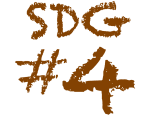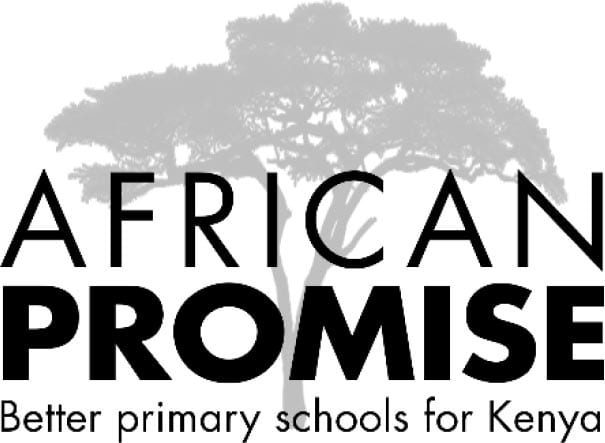
Primary education has been free in Kenya since 2003. However the reality of a government funded education for over 6 million pupils in more than 20,000 primary schools is that limited financial resources are spread very thinly when faced with the demands of employing sufficient teachers, providing adequate resources and investing in facilities and infrastructure.
In schools, particularly those in rural areas, this manifests itself in high class numbers, dilapidated and cramped classrooms, and an acute shortage of even the most basic learning resources. Furthermore, pupil welfare suffers in the face of unhygienic sanitation facilities, a lack of clean drinking water and the absence of feeding programmes.
These challenges have a severe impact on absenteeism and drop-out, the quality of teaching and learning, and ultimately of course on academic attainment and performance.
The introduction of free primary education set Kenya on the way to attaining one of the key Millennium Development Goals of universal primary education. But it needs the support of development partners such as African Promise to make it an education worth having.
50,000+
Shortage of teachers
£10
Annual govt spending per pupil
64
Average class size




